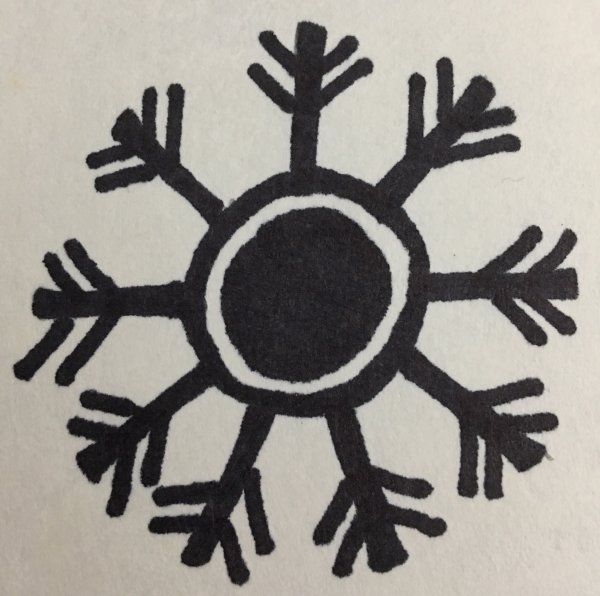gravroks (grov-roks)
Basic Physiology: Gravroks are massive stony skinned beings. Gravroks are ideal at delving through earth and stone due to their great strength, dull stony claws, and above all the regular acid secretions their skin exudes. Their large undersides are taken up primarily by their mouths. Gravroks subsist minerals and cannot eat organic matter. Gemstones are enjoyed as a flavoring agent the way many humanoids like to use small amounts of spices to flavor their food. Refined metal is delicious and intoxicating. Many non-gravroks have managed peaceful cooperation with gravroks by offering them metals or precious stones as payment though a small number of gravroks have opted to attack other mortals and steal these things.
As a legacy of their long service to dragons, all modern gravroks speak Draconic as their naive tongue. A small number learn other languages.
Life cycle and Society: Gravroks do not mate for life, but mated pairs do stay together long enough to take care of their young. Gravrok matings usually produce one to two offspring. A newborn gravrok grows big and strong enough to take care of itself within three or four years. Gravroks reach adulthood and their full adult size arond twelve years and can live a natural lifespan of about five hundred years. Gravroks typically mate three to six times in their lives.
Gravroks generally get along with their fellow gravroks but they mostly live solitary lives. They eat minerals and have few natural predators so they have little reason for working together long term. Gravroks that encounter each other by chance will generally stop to talk, so gravroks eventually find out most news that affects their race as a whole.
Gravroks refer to most non-gravroks as the “fleshy races.” Attitudes run the full gamut from “the fleshy races are a friendly and interesting bunch that can provide us with gemstones and metal” to “the fleshy races are a murderous lot that are best avoided.”
Religious Practices: Gravroks are rarely priests or divine spell-casters but they tend to venerate Phidas, Hallisan , and Korus as benevolent providers of tasty minerals. The rest of the Nine are mainly “gods of the surface,” so the gravroks pay them little heed though they are rarely hostile towards them. A few gravroks develop a negative opinion of Greymoria if they have unpleasant run-ins with her more aggressive children.
Civilization and Culture
History
Origin: Adult delvers are easily large and strong enough to be threatening to young dragons, but they are believed to be created to aid the dragons not harm them.
Early History: Nearly all the First Age delvers were thurekal . If there ever was a period when dragons and delvers were hostile to each other it was lost to history. Depending on who you ask, delvers were either valued servants or mistreated slaves of the dragon kings and queens. Their natural abilities to tunnel through stone has helped them to literally shape many ancient dragon holdings. In exchange, delvers gained the protection of dragons and the occasional gem stone or bit of metal as a reward for their service.
Surviving the First Unmaking: Delvers can literally eat earth elementals for breakfast so the initial onslaught of elementals left delvers virtually unscathed. It was only when other elementals began going underground that delvers took serious losses. Also, some callous dragons chose to manipulate delvers into being living shields for them.
Delvers were tough enough and adaptable enough that small numbers of the survived the First Unmaking.
Second Age History: Delvers were barely a footnote in the chronicles of the Second Age. There numbers were very small but slowly growing. Early encounters with elves were often violent because elves reacted poorly to delver’s monstrous appearance but eventually some elves figured out what delvers really were and small numbers of elves were able to create mutually beneficial arrangements where elves traded metal to delvers in return for their tunneling services. For the most part, elves and delvers led fully separate lives barely aware that the other existed at all.
Surviving the Second Unmaking: Many delvers chose to go it alone, tunneling and hiding. A few delvers worked with other subterranean creatures for mutual defense. To this day, even the most belligerent kobolds are apt to treat delvers with respect. Delvers developed hit-and-run tactics and strategic tunneling strategies at this time that they still use today.
Losses were heavy, but once against some delvers survived.
Recent History and Distribution: Delvers position in the Third Age is more complicated in the past. The Third Age has seen far more races with an interest in dwelling underground than any previous age, so the delvers are forced to deal with other mortals far more often, especially dwarves. Some dwarves view delvers as valuable allies for their natural ability to make tunnels and easy going natures. Some dwarves view delvers as a nuisance for their love of eating metal and gemstones. A few dwarves who encountered violent delvers view them as a menace that needs to be destroyed. On the whole, dwarves view delvers as fickle and unpredictable. Delvers feel likewise about dwarves.
Geographic Distribution


Comments